Indoor Plant Lights for Systems Aeroponic
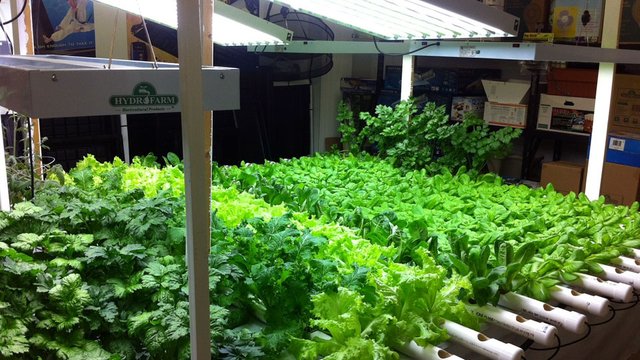
Plants have evolved using natural sunlight for all growth stages. Gardeners who want to bring plants indoors must supply light in frequencies that plants can use in order to thrive. Scientists have and continue to discover properties of light and how plants use light in the life cycle. This article will simplify key ideas to help the home gardener choose the right grow lights for indoor plants.
When designing your grow light systems keep in mind that southern exposure windows take advantage of natural sunlight and will help lower costs of supplying light for your plants.
Plants have a preference for how much light they require. Foliage plants like Philodendron grow in full shade but most vegetables grow best in full sunlight. Plants respond to changes in light-frequency mixes, especially blue frequency for early growth and red frequency for blooming and fruiting. Plants also thrive in the appropriate photoperiod. A photoperiod is the amount of light and dark in a 24 hour period. While some plants are also affected by temperature, phytochromes in plants may be the regulators that respond to the correct photoperiod resulting in plant growth, seed germination, and fruiting.
Vegetables do well with 14-18 hours of daily indoor plant lights with cooler blue light (color temperature around 6000 K) at the beginning of the growing period, then down to 12 hours of warmer red light (color temperature around 2800 K) during flowering and fruiting. The color rendering index is a scale from 0 to 100 measuring how a light source renders true color. Sunlight is 100. Photosynthetically active radiation (PAR) is a blend of red and blue wavelengths and most closely resembles natural sunlight. Red and blue color ranges are absorbed by chlorophyll and are used for photosynthesis in plants. Photosynthesis uses the absorbed energy to convert water and carbon dioxide into carbohydrates and oxygen that plants need to grow.
Incandescent lights
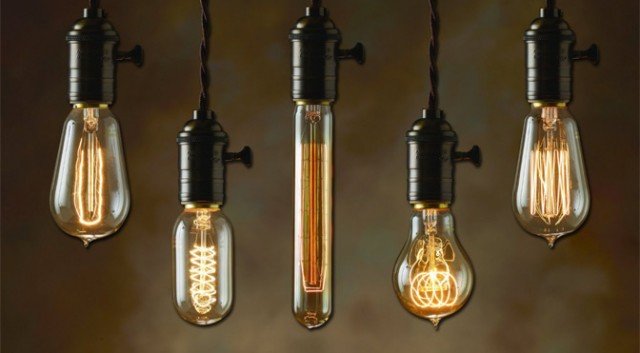
Are made of blown glass and tungsten metal wire coiled into a filament. A vacuum is created and inert gas placed into the bulb and sealed. Electricity is passed along the coil resulting in heat which causes the metal to glow. Incandescent lights generally have a low warm red color temperature of around 2700K and can be used as supplemental plant lights during flowering and fruiting. Disadvantages of incandescent technology are that they produce so much heat that they will burn a plant any closer than 24 inches which reduces the effectiveness of the light. Incandescent bulbs have a relatively short life of 750-1000 hours and are only 1/3 as efficient as fluorescent tube in converting electricity to light.
Fluorescent lights

Are made of gas-filled tubes with electrodes at each end. Mercury vapor, mixed with argon or other noble gas, is excited in the tube and as the current of electrons go from end to end, heat and ultraviolet light is produced. Shortwave ultraviolet light can not be seen so the glass tube is coated with fluorescent powder which absorbs the ultraviolet light energy and produces longer waves of visible light. Fluorescent light manufactures can control the light color by using different florescent powders or phosphors. Many types of fluorescent tubes are available to choose from according to what spectrum of light color is needed. Another component of a fluorescent light is the ballast. The ballast controls the amount of current flowing through the tube to stabilize the gas discharge, which uses energy and produces heat.
High Output
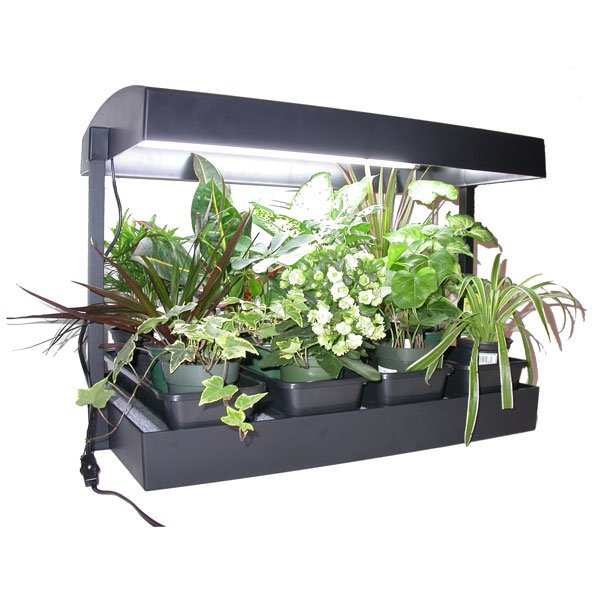
Fluorescent lights produce more light than standard fluorescent bulbs and are sometimes referred to as T5 high output lamps. According to the Lighting Research Center in Troy, N.Y. T5 lamps became available in 1995 . Older T12 lamps are 1.5 inches in diameter, T8 lamps are 1 inch in diameter, and the T5 lamps are 5/8 inch in diameter. By decreasing the diameter and other changes, the T5 uses about 50% fewer watts, produces 50% less heat, and gives off 20% more light. Charts show the T5 bulb lasting less time than the standard with ambient temperature a factor. Shorter improved ballasts are needed for the T5 so older bulbs are not interchangeable.
Compact fluorescent lights (CFL)
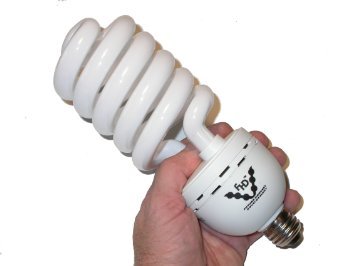
Use different phosphors that withstand higher power per unit resulting in brighter light. A reflector, commonly used with CFL’s directs more light to plants. The compact version can fit into a regular incandescent light bulb socket and has a built-in electronic ballast that gives off less heat making the compact fluorescent the most efficient of the fluorescent grow light bulbs.
High-intensity discharge (HID)
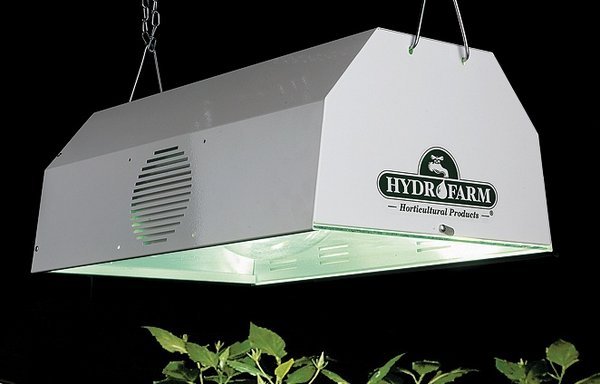
Lights use tungsten electrodes inside a fused quartz or alumina arc tube. Gas and metal salts are put inside the tube. Electricity starts the arc which releases heat that evaporates salts that form plasma increasing the intensity of light produced by the arc. High-intensity lamps are more efficient compared to incandescent bulbs due to the greater proportion of radiation in visible light and less heat, plus they have more light output per watt of electricity. HID lamps are not as efficient as fluorescent lamps however. Examples of HID lamps are metal halide, sodium vapor, xenon short-arc, and mercury vapor. High-pressure sodium lamps are used for the blooming and flowering cycles due to the yellow (2200K) spectrum. They have a color rendering index of 22. Metal halide (3200 - 5500K) lamps have a wave length range of yellow to blue and are used at the beginning of the growing period. Metal halide lamps have a color rendering index of 85.
Light Emitting Diodes (LED)
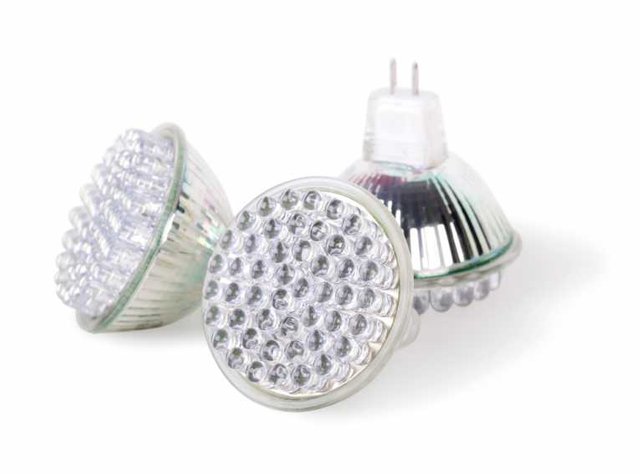
Lights are semiconductors. A diode has two terminals that conduct electricity, but only in one direction. The electrons find holes that in turn release photons and, depending on the energy gap of the semiconductor, visible light is produced. The LED has the lowest energy consumption of all the above lights, has the longest lifetime, smallest size, fastest switching, and is more durable and reliable. Newer LED’s can emit only the wavelengths of light matching all four chlorophyll absorption peaks in plants. LED’s do not use ballasts reducing heat production even more.
Grow lights systems are a science by itself, but, by learning the basic requirements of red and blue light for optimal growth and flowering, and reviewing what different light types offer, an informed decision can be made as to what type of indoor plant lights you need for your indoor garden to thrive.
nice post
Thanks!
Would piping natural light in be a workable and cost effective solution? Either with a mirror and lens system or fiberoptics; being able to supplement the artificial light could reduce power consumption.